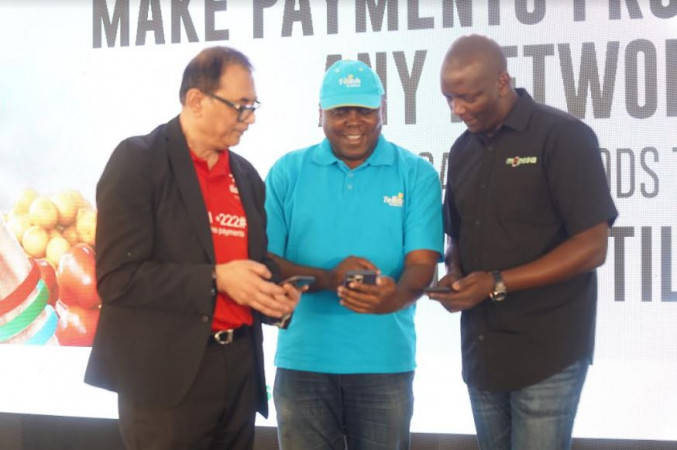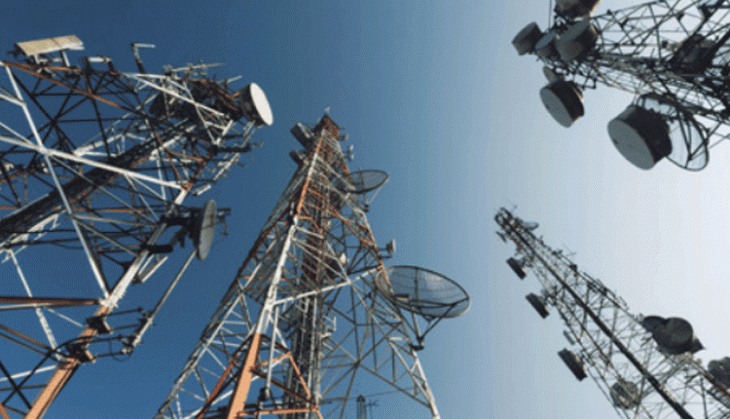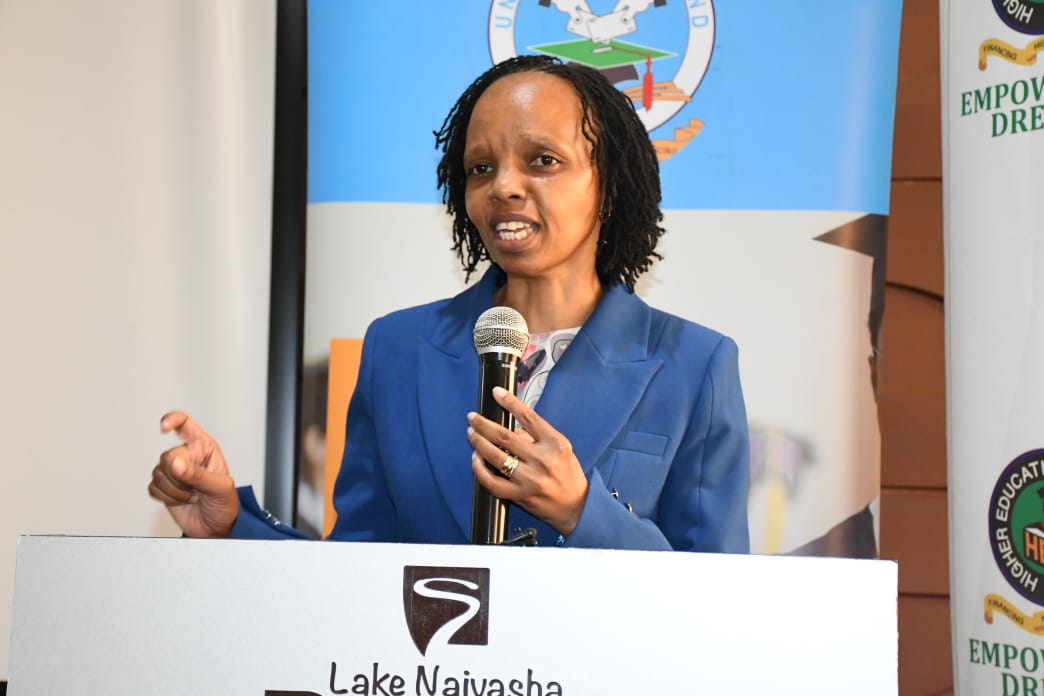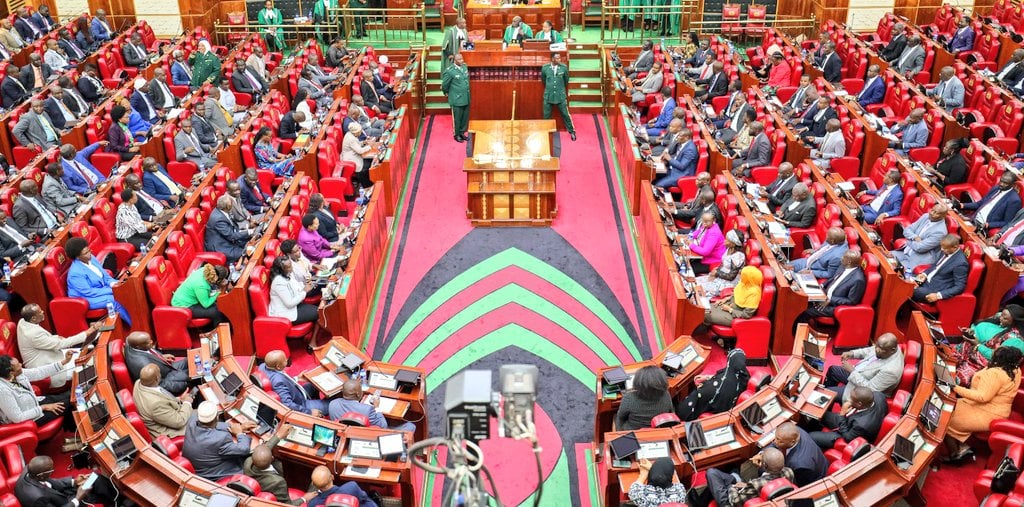Project loon ends 4G baloon exploits in a huff
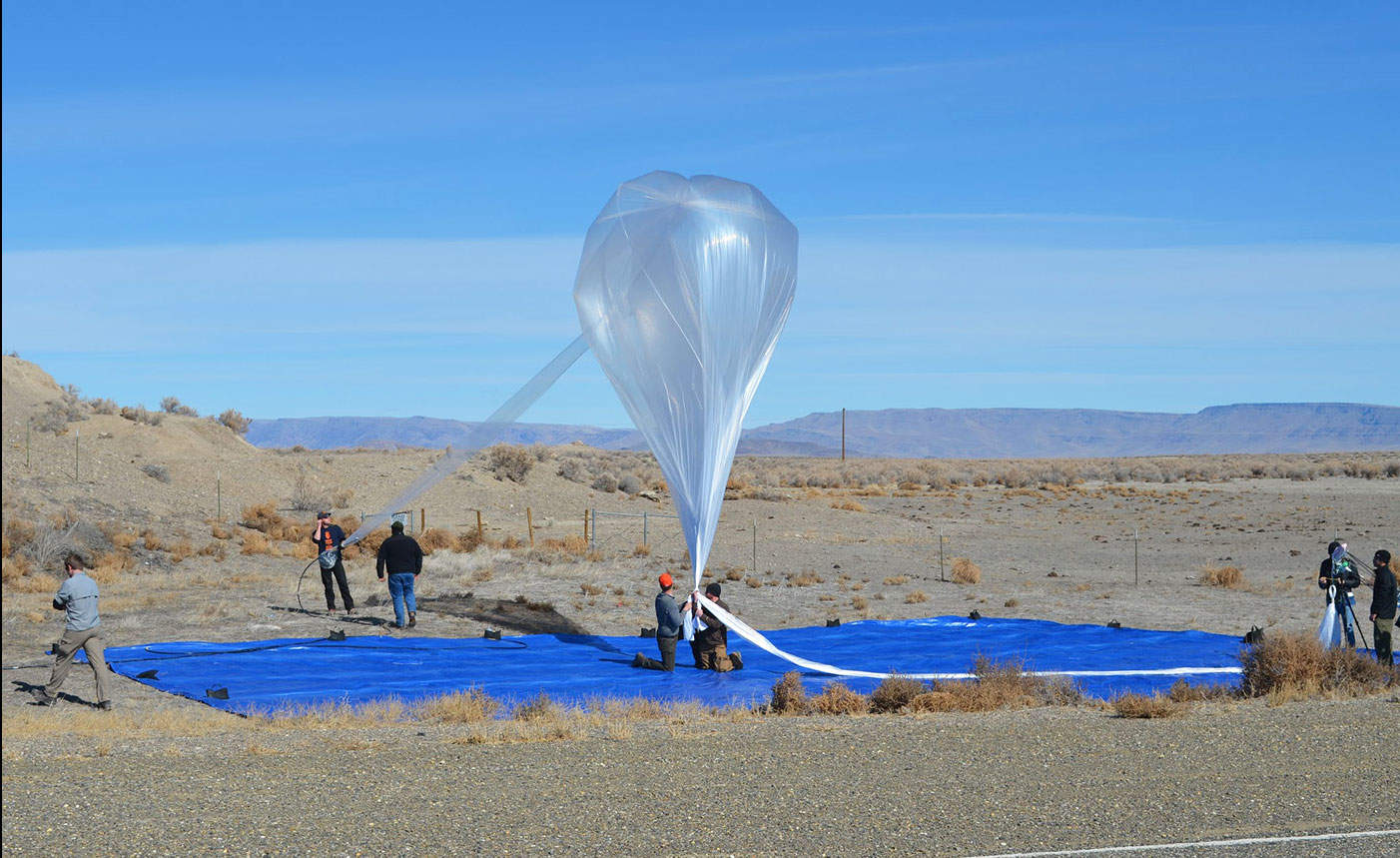
Telkom’s ambition to provide high speed internet connectivity across the country is in limbo, with the winding down of Loon, it’s internet-beaming balloon partner.
Telkom and Loon, a subsidiary of Alphabet, Google’s parent company, laid the groundwork for delivery of high-altitude balloons in 2018, when the two companies partnered to offer Kenyans Internet connectivity with wider coverage than ever in the country.
“The technology pilot with Loon will be coming to an end on March 1st 2021. This comes following the announcement that Loon LLC is being wound down as a company globally,” said Telkom in a statement.
Loon chief executive Alastair Westgarth said the company will continue to provide service with Telkom until March 1st 2021.
“ Over the coming months, the Loon team will work closely with Telkom to ensure the operations of the technology ‘s pilot service are wrapped up safely and smoothly,” said Westgarth.
It is not clear what will happen next after March.
What is known is that the Loon project is vital in Telkom’s bid to slice Safaricom and Airtel dominance in the provision of internet services to Kenya’s 22.6 million strong subscriber base.
Quarter 4 statistics by industry regulator, the Communications Authority of Kenya (CAK) shows that between April and June 2020, 40.8 million accessed mobile data. Safaricom continued to lead its industry peers at 68 per cent, followed by Airtel at 26 per cent with Telkom coming a distant third at 5 per cent.
The collateral damage has also slowed the telco’s development pace, as the company intended to leverage the Loon LTE and provide vital services in the new normal, occasioned by the Covid-19 pandemic.
Stakeholders also billed the project as a cheaper option to the heavy capital outlay used to lay cables or build cell towers, that has denied over 70 per cent of rural Kenya inhabitants mobile broadband services.
“Connecting the unconnected is important in a country where the digital divide is so pronounced,” said Kibati, adding:. “While most Kenyans have 2G service, 44 percent of the urban population has access to the Internet,” with the World Bank estimating that less than 20 per cent of the rural population is connected.
So far, the technology has been tested with 35 million customers, who have been able to use the 4G LTE network service to stream videos, browse websites and make video calls on applications like WhatsApp.the Loon service
Telkom chief executive Mugo Kibati said the Loon project is part of the company’s long-term terrestrial expansion plan to scale up by 80 per cent, their network to 4G, increase the company’s footprint across the country and get more Kenyans online.
Under the new normal, the number of data/Internet subscriptions has continued to grow due to increased demand for access to information online, coupled with transfer of more services to the digital space.
With the Covid-19 pandemic, many consumers continue adopt video-conferencing services as they work from home, access online entertainment and streaming Video-on-Demand services.
Launched in July last year, the balloons were to be progressively deployed, to achieve a target fleet size that would enable Telkom 4G internet services cover a region spanning nearly 50,000 sq km across western and central parts of Kenya, including Nairobi, Iten, Eldoret, Baringo, Nakuru, Kakamega, Kisumu, Kisii, Bomet, Kericho and Narok.
